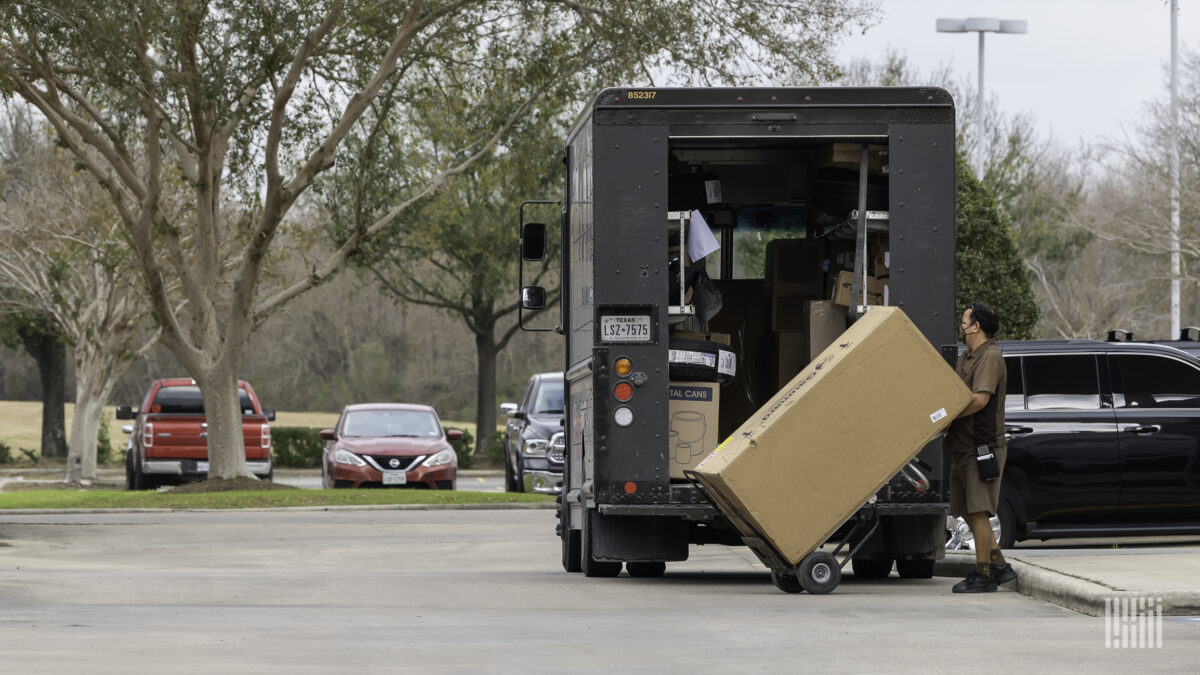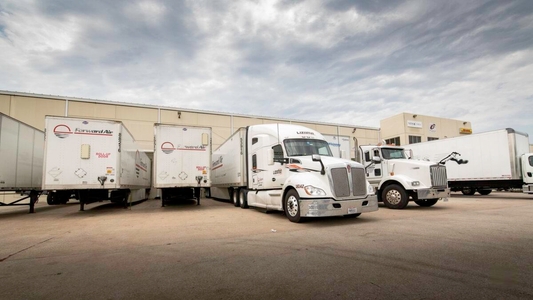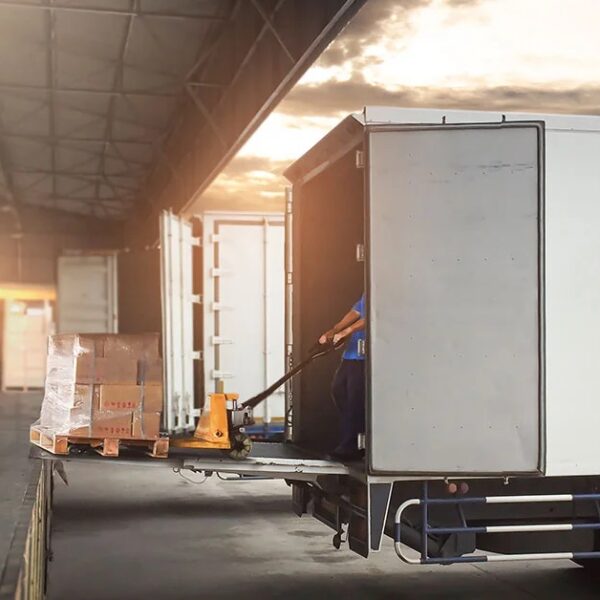‘Tis the season for returns. As consumers send back that too-small sweater or duplicate toy, these returns represent billions in lost revenue for retailers. But for large and oversized items like furniture and appliances, returns pack an even bigger punch to companies’ bottom lines. Promising Texas-based solutions aim to turn this burden into opportunity.
Boxes of Blunders: Billions in Merchandise Returns Each Year
Consumers will send back over $816 billion in returns in 2022 alone reports the National Retail Federation. Yet these staggering sums represent only part of the picture. Once reopened and damaged goods get factored in, returns account for nearly 6 billion pounds of landfill waste yearly according to Optoro.
With bulky items especially, costs as well as reverse logistics expenses pile up. And damage rates climb each time a reuse winds its way back through delivery hands. In uShip’s recent survey of retail executives, a full 91% dubbed these oversized return costs a significant pain point.
“What I took away was that 87% are struggling with returns,” said UShip CEO Heather Hoover-Salomon. “Large and bulky goods, once they’re out of the box, predominantly, they don’t get put back in a box.”
Scaling Up Solutions: How Tech Can Turn Returns into Revenue
Without reusable packaging, these open-box nightmares struggle to retain their original value. Over half of execs admitted they failed to resell up to one third of returned oversized merchandise.
Yet within this hassle lies an opportunity: to reimagine sustainability measures while recovering revenue. The uShip report outlined key solutions from AI to improve delivery tracking. But packaging ranked high among suggestions.
Specifically, reusable and durable containers maintain integrity amidst returns’ winding journeys. For Hoover-Salomon, point-to-point shipping helps here too. “Because our service can be highly customizable in terms of packaging, there’s a higher probability of getting a higher return value.”
Tech can further help retailers resell, not waste, their reopened inventory through enhanced visibility and coordination. Optoro’s platform, for instance, leverages AI to instantly assess returns and route them to the most profitable downstream option. Last year alone they gave nearly 180 million returned items a second life.
The Future of Returns is Here: Emerging Trends and Texas Impact
Beyond packaging and platforms, shifting consumer preferences continue to mold the returns landscape. Experts predict rising rates as more spending moves online and economic uncertainty lingers.
Plus supply chain snags induce even more buyer’s remorse. “There are more returns because people take longer to get what they purchased,” Hoover-Salomon explained. “So that time and gap impact their satisfaction with the product.”
Retailers must balance customer service with squeezed margins, especially amidst oversized items’ inflated costs. Some restrict bulky goods returns altogether. Others increasingly offer pickups and drop-offs of opened merchandise to sidestep shipping scrapes.
Pressure likewise mounts to prevent waste and keep products profitably circulating in the supply chain. Startups are responding to market needs across recycling, resale, and rental models around reusable goods. Venture funding poured over $2 billion into these circular economy companies just last year, says Closed Loop Partners.
Texas aims to steer these emerging trends from the ground up. UShip and fellow Austin transport tech KeepTruckin both landed spots on this year’s CNBC Disruptor 50 List for their innovations shaking up logistics. Ware2Go’s tech-based warehouse network out of Houston helps retailers dynamically handle overflows with heightened returns.
And the new McCarthy Capital-backed Venue Returns in Dallas equips small and medium businesses with cost-efficient, customized returns processing. Their recent $10 million seed funding attests to investor confidence in the over $100 billion market for returns management.
With Venue’s tech-powered, merchant-branded experiences, CEO Matt McDonough sees significant potential to “help retailers large and small turn returns into revenue” right from the Lone Star State.
Clearing Clutter and Creating Value at the Border
Beyond bold visions, tangible infrastructure investments along Texas’ southern border support improved handling of the ballooning returns market. These developments promise sustainability and scalability for shippers and carriers navigating intricate cross-border flows.
The CIL Group broke ground this fall on their Nearshoring Industrial Park in McAllen, TX. The 117-acre, build-to-suit property caters to manufacturers moving production back near US borders. Streamlined receiving and distribution of returned goods feature among intended site benefits as production shifts closer to home.
Likewise expanded capacity along the Gulf aims to capture surging volumes of resale and recycling passing through Houston. Tigerhawk Logistics recently leased 135,000 square feet of customizable space with truck access at Portside Logistics Center. The million-square-foot buildout by Stream Realty affords room for the region’s logistics footprint to stretch.
Though returns pose complex challenges – and billions in losses – creative solutions promise more sustainable and profitable ways forward. As consumers send back this year’s holiday haul, innovations in reusable packaging, advanced processing, and domestic infrastructure could together turn Texas into a return destination. Where reopened inventory once cluttered landfills, emerging trends may fuel regional jobs while unlocking returned goods’ full value.
By leveraging their expertise and resources, Lading Logistics aims to provide efficient and reliable international shipping and logistics solutions for their clients.



